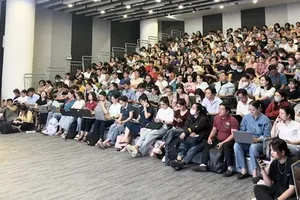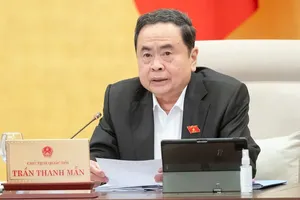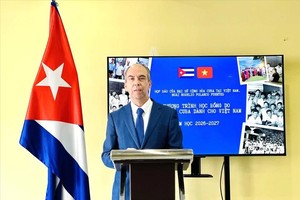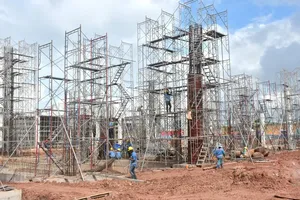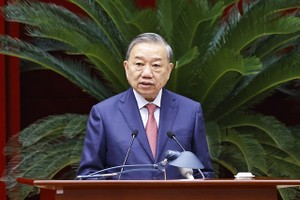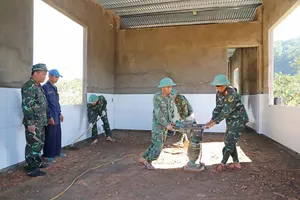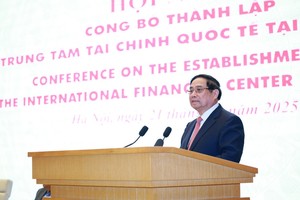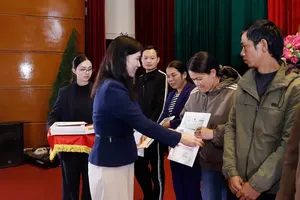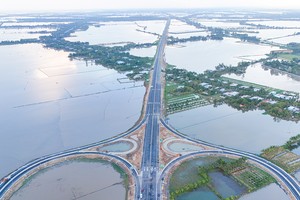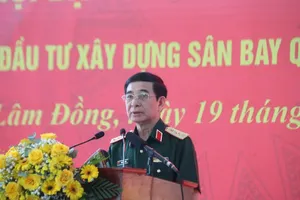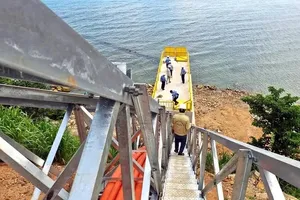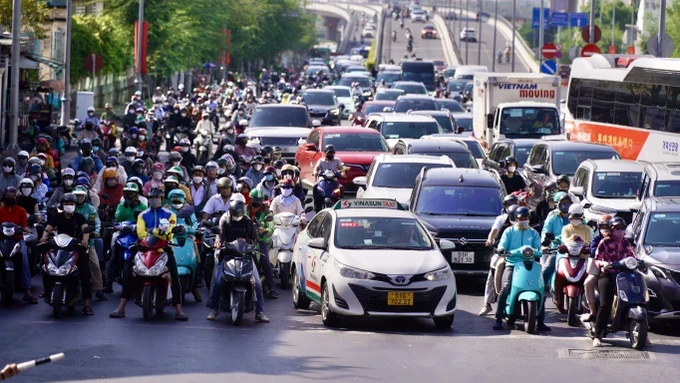
The policy of limiting personal vehicles to reduce congestion and pollution in urban areas has been in place in Vietnam for over 20 years, but no effective solutions have been implemented to date and the number of personal vehicles continues to increase. In 2010, HCMC had over 4 million motorcycles and 400,000 cars. These figures have nearly doubled lately, whereas traffic infrastructure investment has not kept up with this growth in vehicles, and thus frequent traffic congestion.
The HCMC Transport Department reported about 5,000 traffic jams each year, causing damage of US$6 billion per year. Despite many efforts from functional agencies, the situation is not at all better at infamous hot spots like Nguyen Tat Thanh Street (District 4), Xo Viet Nghe Tinh Street (Binh Thanh District), or the intersection between Dinh Bo Linh Street – Bach Dang Street.
A similar case can be found in Hanoi. In 2010, there were 3.5 million motorbikes and 300,000 cars here. These figures have nearly doubled as well until now, also resulting in severe congestion citywide. Along with that is a high volume of exhaust fumes, increasing environmental pollution indexes in the city to an alarming level and turning it into one of the top-10 most polluted cities in the world.
Experts in the field pointed out that 70 percent of urban exhaust fumes comes from vehicles, and it becomes worse when congestion happens as gasoline and diesel emissions can increase by 4-5 times compared to normal levels.
Limiting personal vehicles has been considered several times by the Transport Ministry, yet no practical measures have been devised. In April 2022, the Government even appointed the five municipalities of Hanoi, Hai Phong, Da Nang, Can Tho, and HCMC to develop plans for zoning restrictions on motorcycles in accordance with infrastructure and public transportation capacity. However, the progress of finalizing these plans remains slow.
In response to persistent traffic congestion, air pollution, and extreme weather events, Hanoi and HCMC are actively pursuing a two-pronged approach to limit personal vehicles: implementing road pricing schemes for entering inner-city areas and investing heavily in public transportation infrastructure.
In Hanoi, the municipal Department of Transport is finalizing a comprehensive road pricing scheme for the city's inner-city area. The proposed scheme identifies Ring Road No.3 as the boundary between the inner and outer city, encompassing areas that will become new districts in the future, including Dong Anh and Gia Lam.
The number of toll stations is expected to increase from 87 to 100. The proposed toll for a standard car (up to 12 seats) entering the inner city ranges from VND 50,000 - 100,000 (US$1.97 - 3.8) per trip. Currently, the consulting firm is conducting an online sociology survey to assess the impacts of the scheme on affected stakeholders before presenting it to the city for consideration and approval.
In addition, Hanoi has identified a metro rail system as the backbone of its public transportation network. The Hanoi People's Committee has sought the Ministry of Transport's approval for the overall investment plan for the construction of the capital's metro rail system.
It is planned that by 2030, Hanoi will have completed 96.8km of this system, handling 7-8 percent of public transportation ridership, which is expected to address current traffic problems in the city and contribute to limiting personal vehicles. The disadvantage of this scheme lies in its huge financial demands.
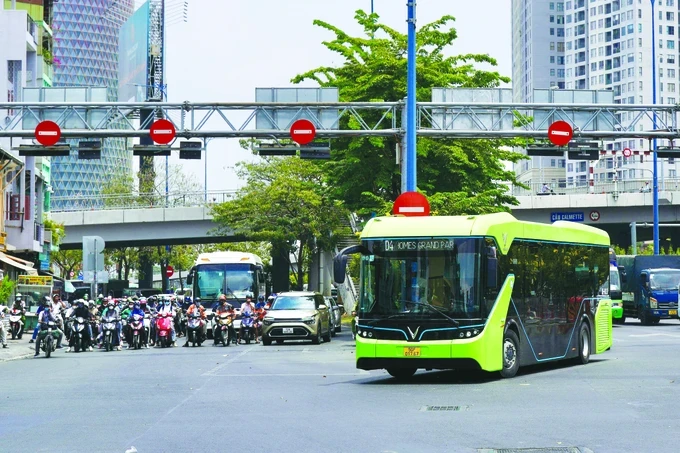
HCMC, meanwhile, is simultaneously adopting two projects to promote public transport, limit personal vehicles, and improve its traffic infrastructure so that by 2030, its public transport system will have satisfied 30 percent of travelling demands of city dwellers.
Based on that, the city will gradually reduce the use of private vehicles, particularly two-wheel ones, in a number of areas. Using the outline report of the HCMC Urban Traffic Management and Operation Center, the Department of Transport is finalizing a report to be submitted to the municipal People's Committee for approval of the "Toll for Cars Entering the City Downtown" project in June 2024
In the long term, HCMC will expand the congestion charging zone to the metro rail ring road as the metro system in the central area is put into operation. At that time, the city will develop major metro stations into green transportation hubs, including facilities such as parking lots and charging stations for environmentally friendly vehicles for first- and last-mile journeys; and parking spaces for shared vehicles.
Dr. Phan Le Binh, a specialist from the Japan International Cooperation Agency (JICA), asserts that road pricing is only one piece of the puzzle in addressing urban traffic challenges. Echoing this sentiment, the Ministry of Transport has identified public transportation as the cornerstone of effective urban mobility solutions.
Its spokesperson Uong Viet Dung, the feasibility of limiting personal vehicles in urban areas hinges heavily on the existence of a well-developed public transportation network. In line with the government's directive, the Transport Ministry is collaborating with local authorities to implement urban transportation management and development strategies that prioritize public transportation.
In the upcoming time, the Transport Ministry is going to work with relevant localities to accelerate the completion of the urban metro railway systems in Hanoi and HCMC; to promote the use of public transportation, tailoring these policies to the specific needs and conditions of each locality.



